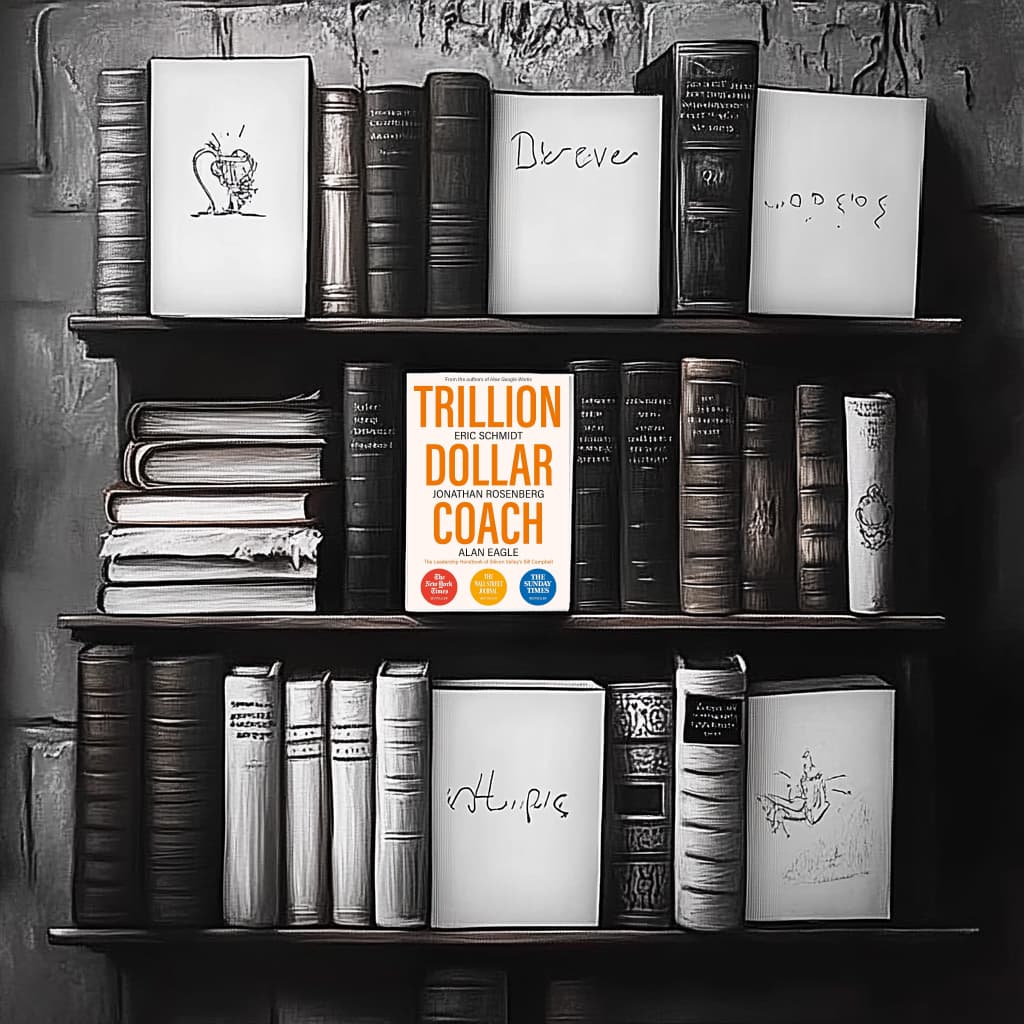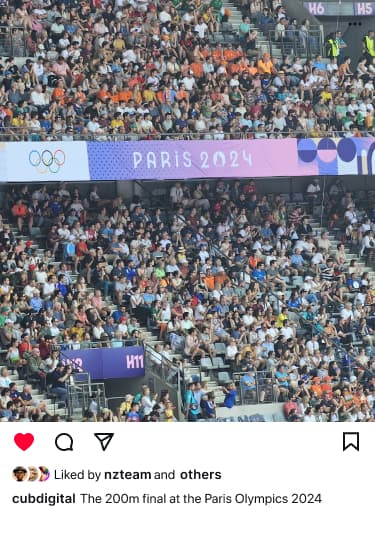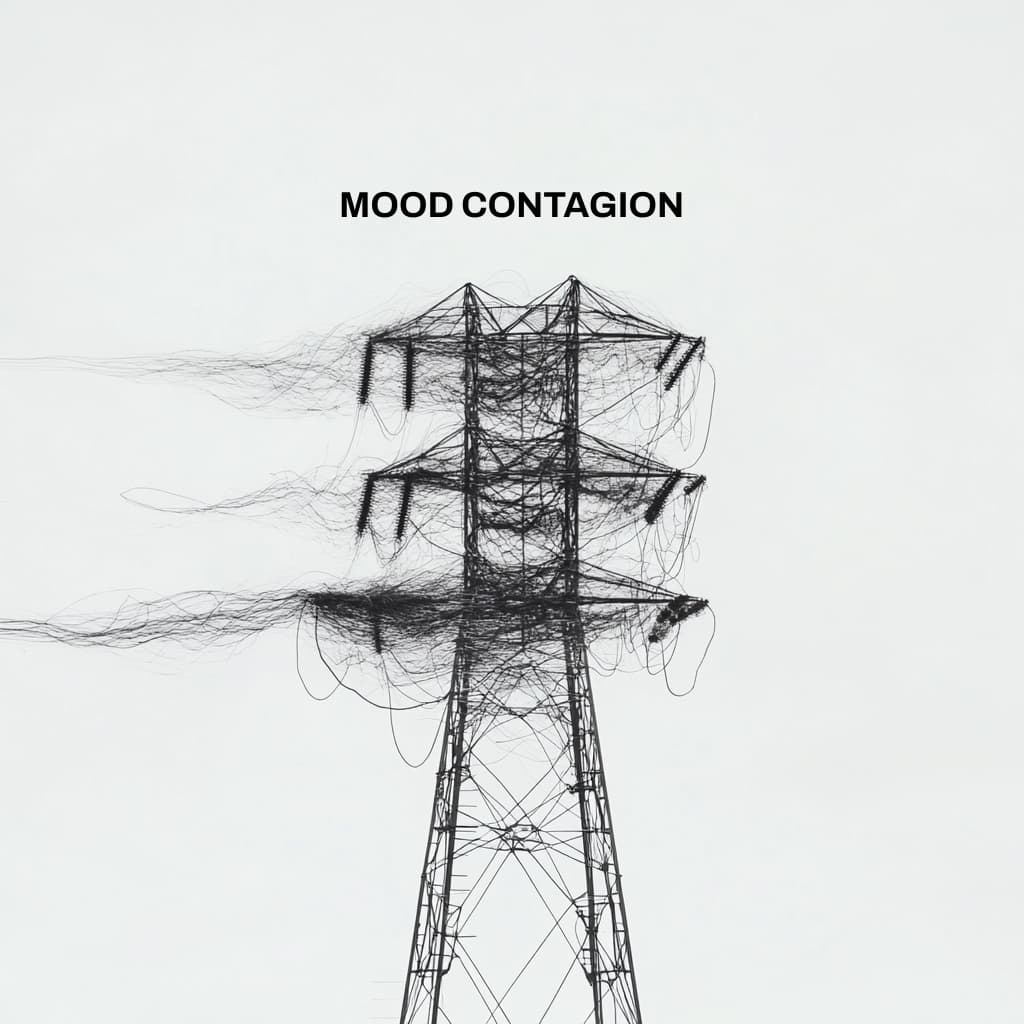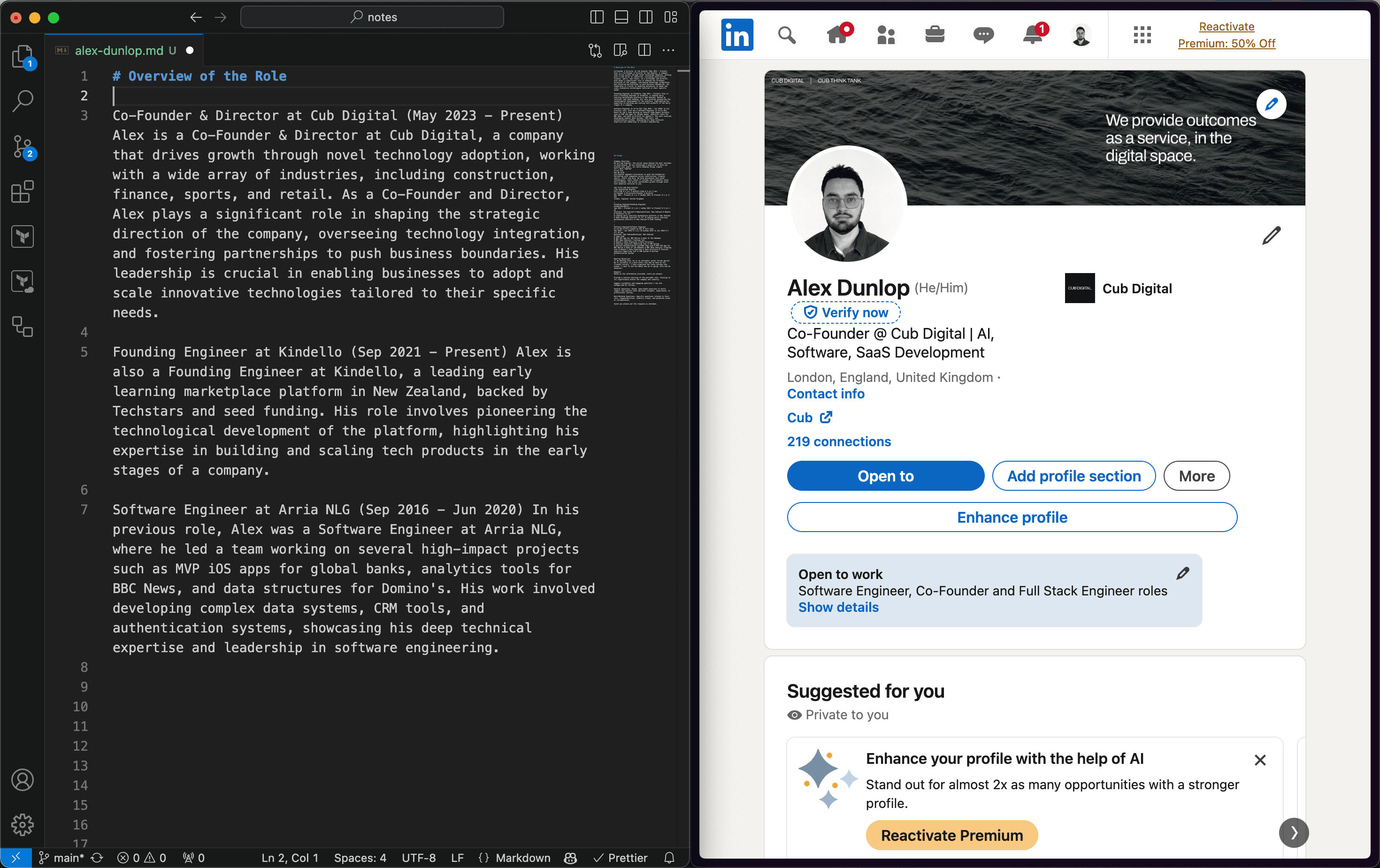The Psychology Behind the Uber Map Effect

GET THE #1 EMAIL FOR EXECUTIVES
Subscribe to get the weekly email newsletter loved by 1000+ executives. It's FREE!

Introduction
I caught my first taxi ride this year in a long time.
It was annoying, I had to ring the company and had no idea when it would arrive. Even writing this it's funny that you don't ring 300-3000 for a taxi anymore!
Pretty much everything about that experience was frustrating and in stark contrast to how I feel when I catch an Uber.

When you order an Uber, you don't just wait on the street for a taxi to appear.
Instead, you see a map on your phone that shows the real-time location of your driver. As you watch the car icon move closer, you know exactly when to expect your ride.
Rory Sutherland, in his book Alchemy, describes this as the Uber Map Effect:

He goes on to mention that having the map is the equivalent of Uber buying 1000s of extra taxis. The reason for that?
Because it makes the waiting experience so much better.
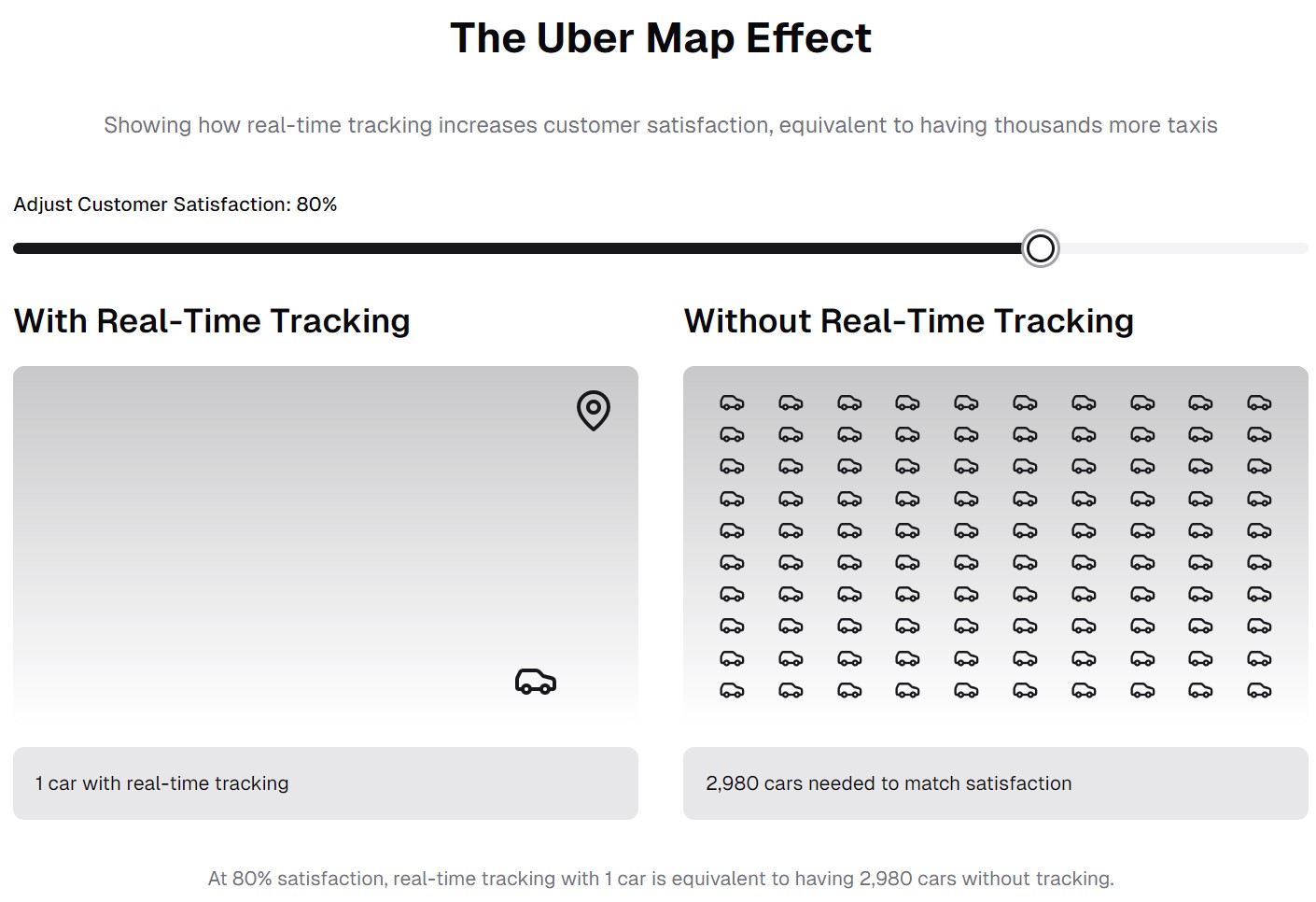
Think about it this way. If you're waiting for a taxi and you have no idea when it's going to arrive, it feels like forever.
So if you didn't have the Uber map and you ran a taxi company, you'd need to buy a lot more taxis to make sure people didn't have to wait too long (to keep them at the same level of satisfaction).
The Pyschology Behind the Uber Map Effect
I was interested in understanding why this works so well. So I did some digging and found some interesting psychological principles at play:
Perceived Control and Its Influence on Anxiety
Study Reference: A study by Thompson (1981) highlights that when people feel they have control over a situation, they tend to experience less stress, even if the actual outcome is unchanged.
This is relevant to Uber’s map, which gives riders a sense of control by showing the driver's location.
Interestingly if this sense of control is disrupted (e.g., by a delay or unexpected detours), users experience frustration because their perceived control is undermined.
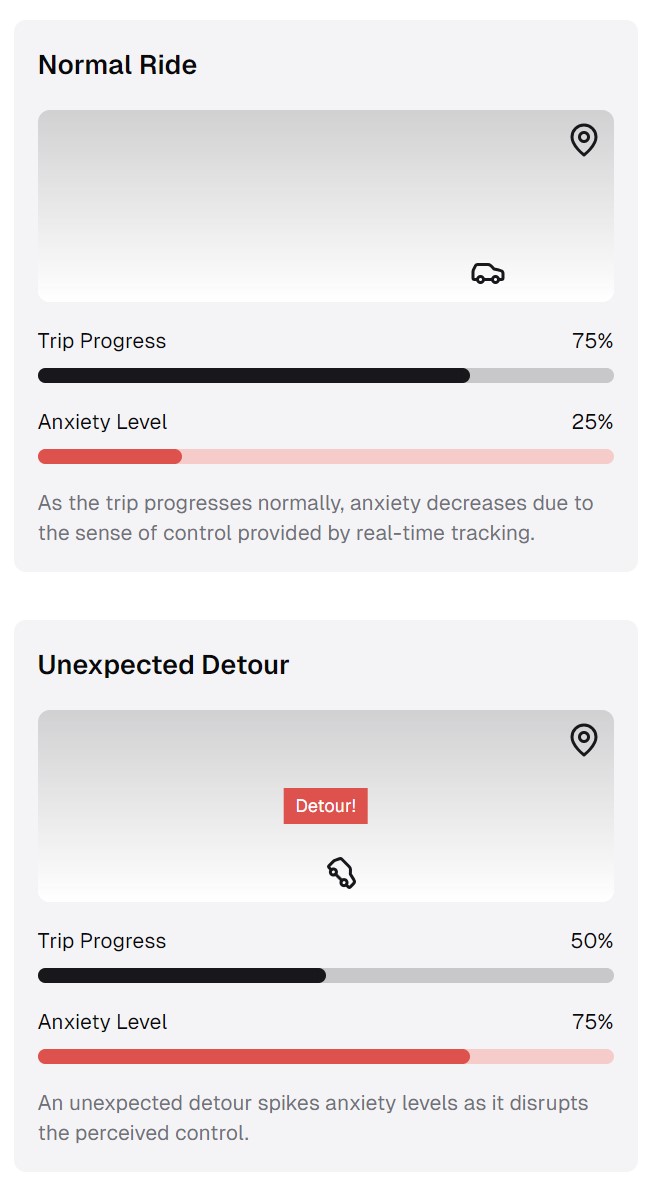
Intuitively this makes sense as nothing is worse than seeing your Uber driver go the wrong way.
Perceived Progress and the Goal Gradient Hypothesis
Study Reference: The Goal Gradient Hypothesis (Hull, 1932; Kivetz, Urminsky, & Zheng, 2006) shows that people feel happier and more motivated as they perceive themselves closer to a goal.
Watching the Uber icon approach creates the psychological effect of progress towards your goal.
In another context, imagine reading a book. As you get closer to the end, you read faster because you can see the progress you're making.
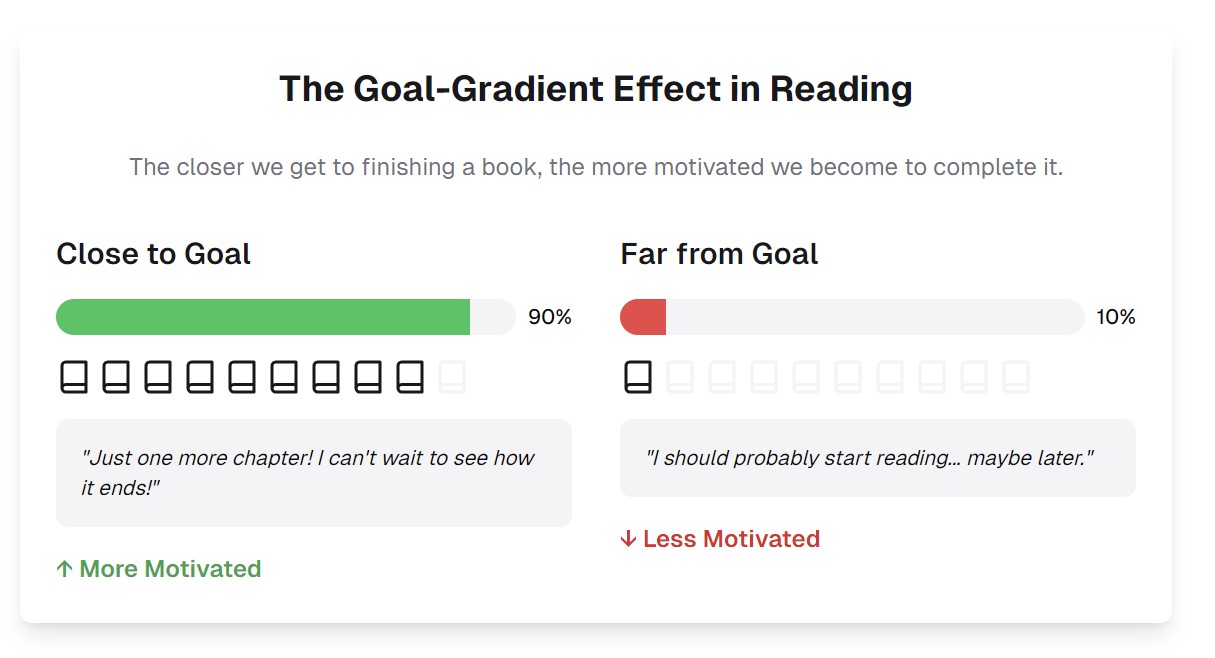
I loved learning about this!
This visual feedback makes the wait feel shorter because you can see progress being made.
Rather than passively waiting, the rider’s attention is engaged with the constant movement of the car towards their location, making the time seem to pass faster.
So Why Does This Matter?
Well if the simple act of catching a taxi can be enhanced so much by providing a simple map, doesn't that show how powerful and valuable visibility, certainty and control are to us?
Again, this is for the simple act of going from A to B.
Now imagine this in your business context.
Think about all the times you've been frustrated because you didn't know what was happening or when something would be done.
Also think about how you could help your customers feel more in control, less anxious and more satisfied by providing them with more visibility and certainty.
So that's what the next part of this post is about.
Implementing the Uber Map Effect in Your Business
Rule #1
Identify Tracking Opportunities
Determine which aspects of your service or product delivery can be tracked in real-time. This could be order status, delivery progress, or service queue position.
Rule #2
Provide Real-Time Visibility
Develop a system to provide real-time updates to customers. This could be through a mobile app, SMS updates, or a web-based tracking portal.
Rule #3
Enhance Perceived Control
Give customers options to interact with the process, such as the ability to modify orders or provide feedback in real-time. This increases their sense of control.
Conclusion
I think there are some really interesting psychological principles at play here.
I'm personally challenged in my own work to think about how I can provide more visibility, certainty and control to my customers!
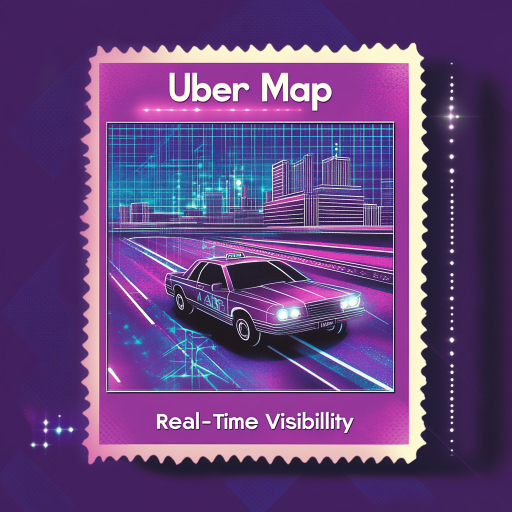
As an Amazon Associate I earn from qualifying purchases.

